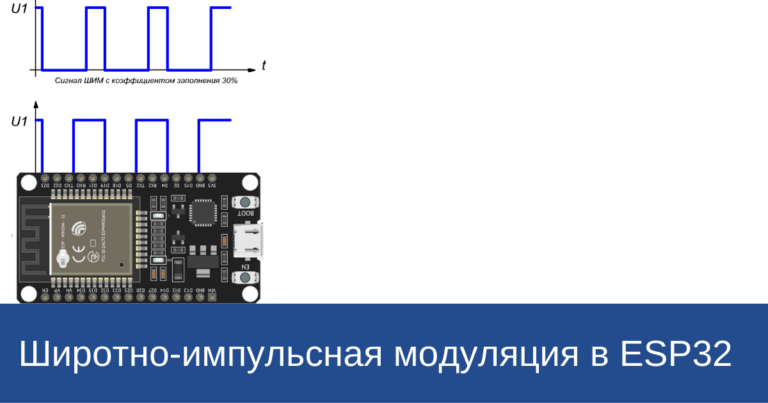Removing one of the cerebral hemispheres is not fatal – the second hemisphere takes on new tasks

A team of scientists from the United States experimentally found that removing one of the cerebral hemispheres is far from the end. The fact is that if the hemisphere or part of it is removed, then complex changes occur in the remaining part of the brain. Existing functional relationships are being strengthened, new ones are being formed, a number of processes are taking place that enable a person to remain human without a part of the brain.
The sample used for the study is not very large. These are only six people, adults who, for one reason or another, were removed from one hemisphere or part of it. After studying the medical history of volunteers and interacting with them, scientists made a conclusion, which was already mentioned above – the rest of the brain takes on the responsibilities of the remote.
As you know, neurons in the human brain are interconnected. Moreover, in the brain there are areas that are responsible for a variety of functions. Removing such a site, a person loses the corresponding opportunities. An example is the speech center. A patient who has had a stroke may lose his ability to talk. It is extremely difficult to restore speech abilities.
However, it is still possible. A patient with a damaged part of the brain can recover speech after several years, subject to constant training. Scientists suggest that this happens due to the fact that other parts of the brain take on the functions of the lost. Unfortunately, it is still not possible to find out exactly how this happens.
The scientists from the team of Dorit Kliman from the University of California advanced further than others. Specialists studied the medical histories of six people who, in childhood, had their hemisphere removed, in whole or in part. At the same time, these people communicated normally, there were no problems with speech or other cognitive abilities, nor did they have any physical defects.

Scientists have suggested that all this was possible due to the fact that patients survived the operation at a very young age – from several months from birth to 11 years. The youngest participant at the time of the examination was 20 years old, the oldest – 31 years old.
Volunteers were examined using a special method, which makes it possible to analyze the functional connections of the brain without the volunteer doing any work or without affecting the person. Scientists decided to especially carefully study the visual, somatomotor cortex, dorsal and ventral visual pathways that are associated with the work of attention and the limbic system. Plus, they analyzed the limbic system, cognitive functions, and the so-called network of passive brain functioning.

Scientists also had a control group of volunteers who had no brain surgery. As it turned out, all the volunteers from the first group had functional ties much stronger than the representatives of the control group.
Scientists believe that over the years that have passed since the operation, the connections in the brain are organized in such a way as to replace the lost organs. The passive mode network, which usually occupies both hemispheres, was very well preserved in the remaining hemisphere in people whose brain was damaged.
So we can confidently say that the brain is restored after damage. Moreover, even the functions of the whole hemisphere, and not some small organs, are subject to restoration. As mentioned above, the cognitive abilities of volunteers were at a normal level. No problems, such as low intelligence, have been reported. An interesting nuance was that the functions of the lost hemisphere were best restored both in a person who lost this part of the brain at three months of age and in a patient who underwent a similar operation at 7 years of age.
Probably the most clear evidence of the possibility of restoring lost functions can be considered a man who lives without 90% of the brain. The absence of most of the brain volume was discovered quite by accident – after the patient went to the clinic complaining of weakness in the left leg.

As a result, it was possible to find out that the inner part of the man’s brain is almost completely absent – only a thin outer layer with brain substance remains. The man worked for many years as a civil servant, married and had two children. The case of this patient made it possible to say that in the brain there is no definite region in which consciousness is located.




